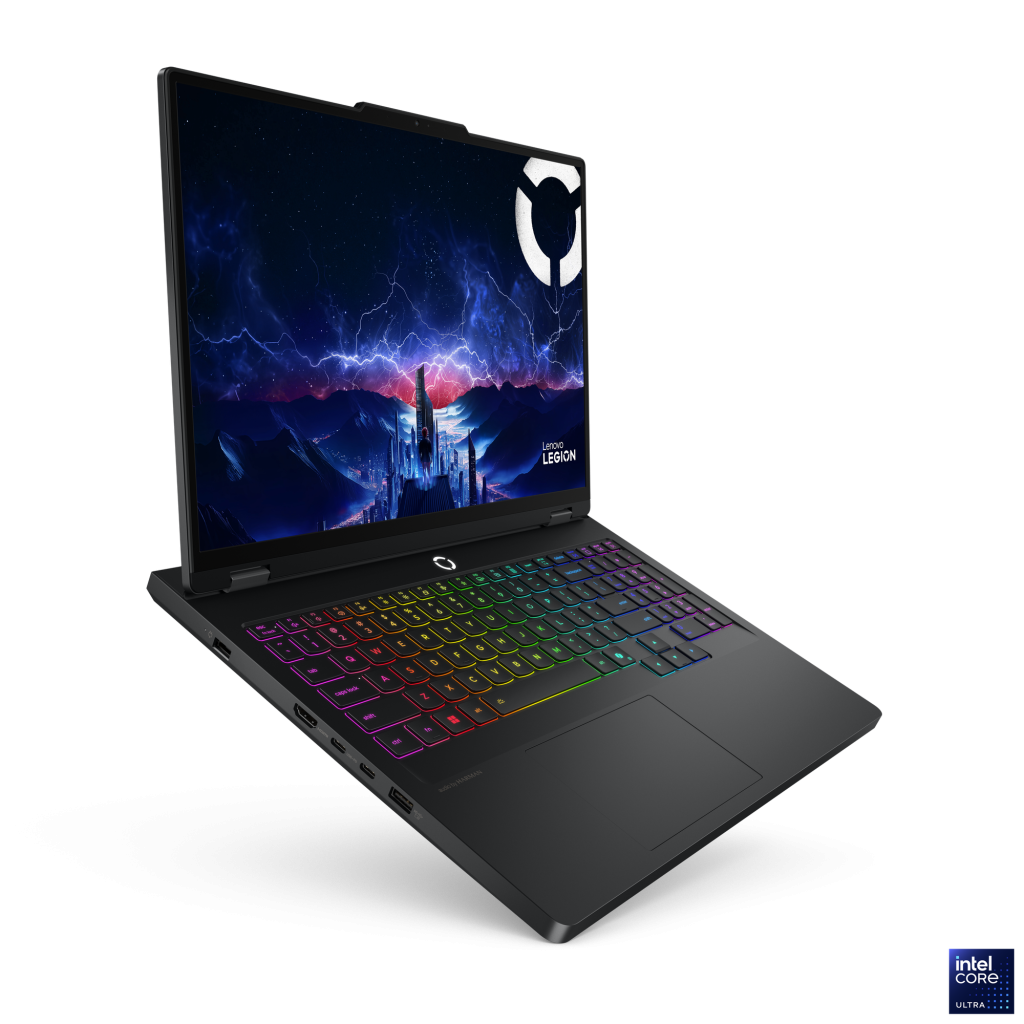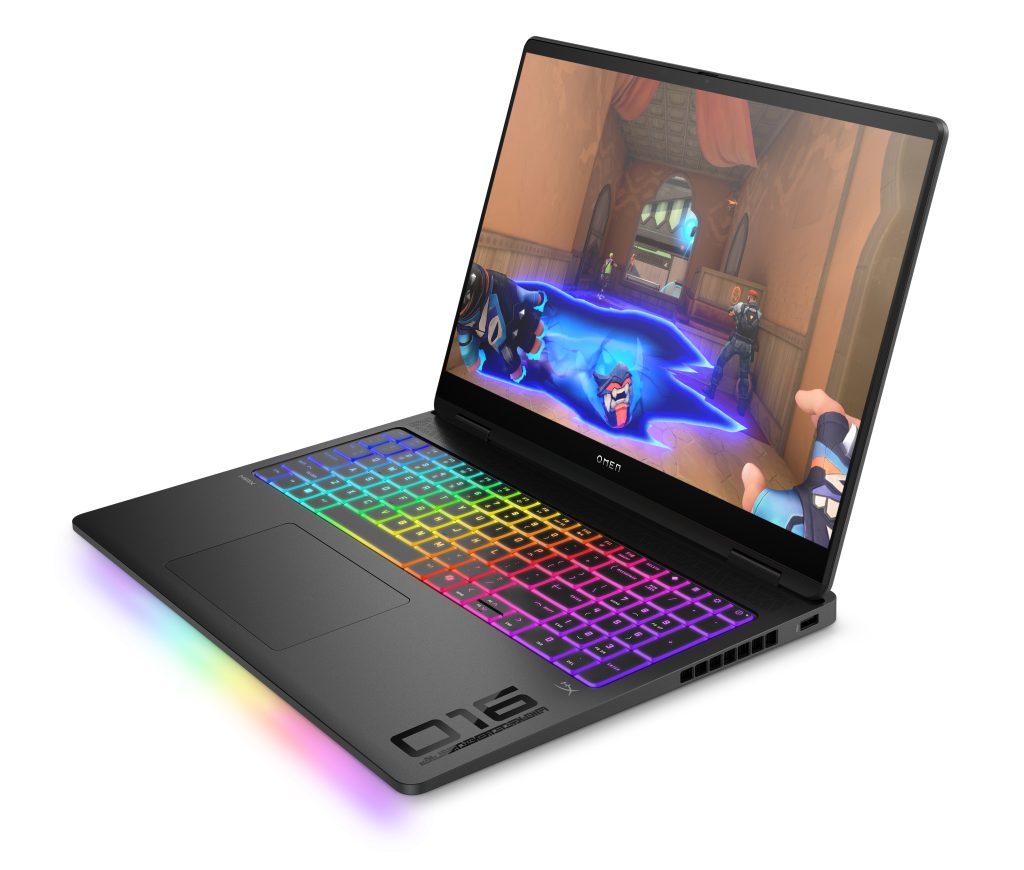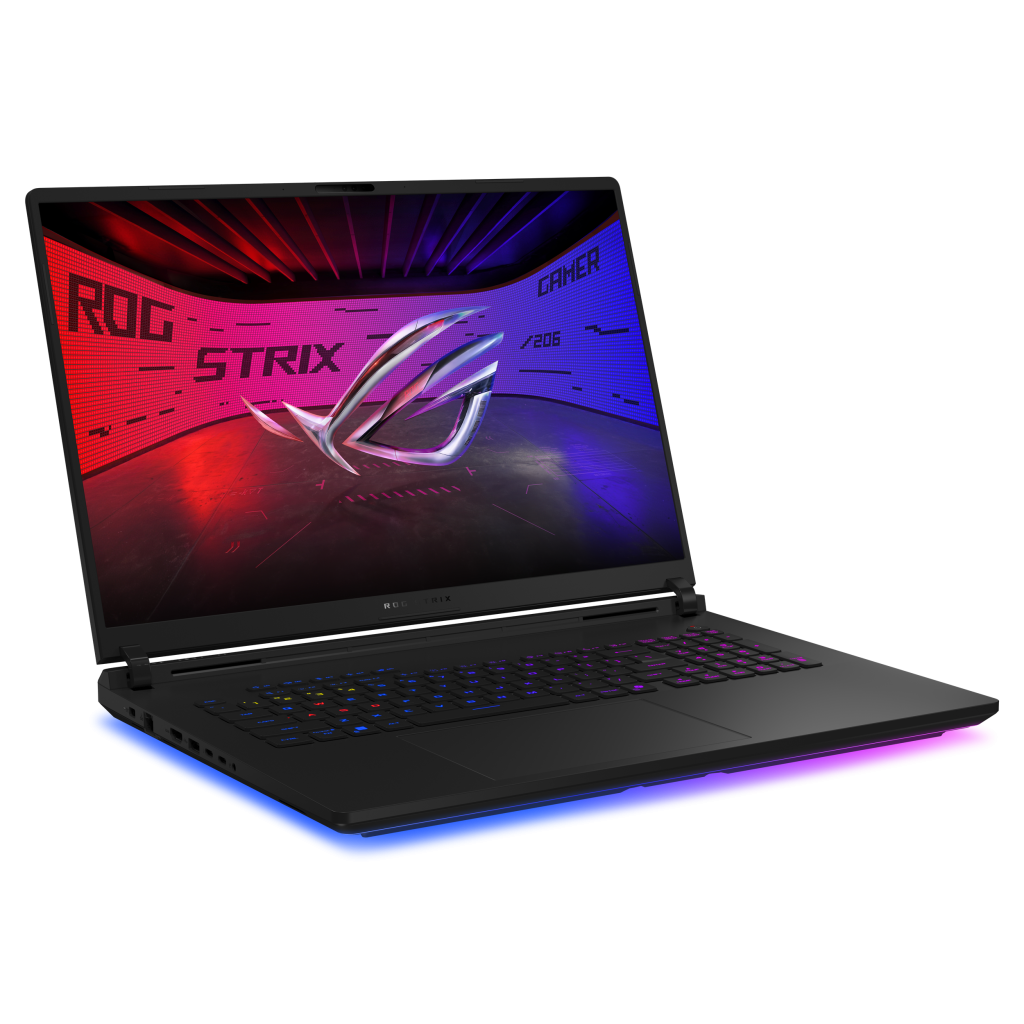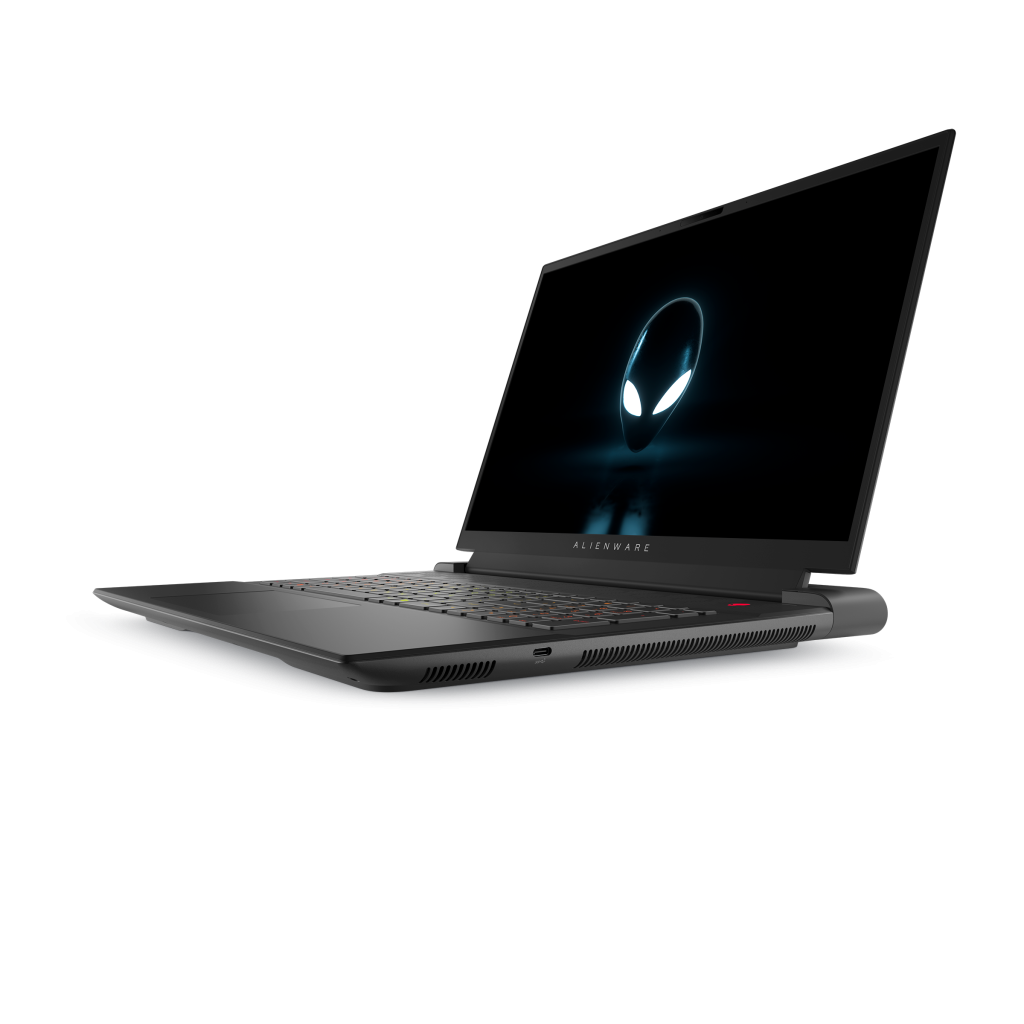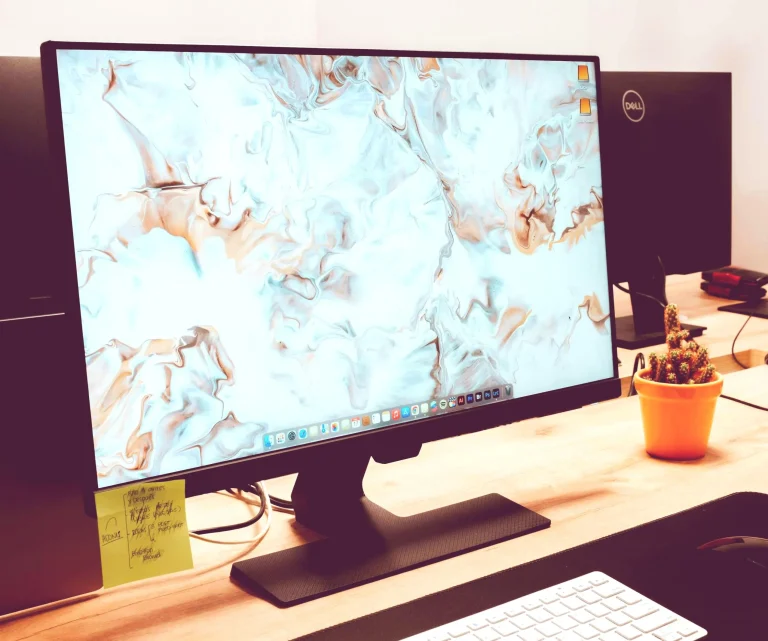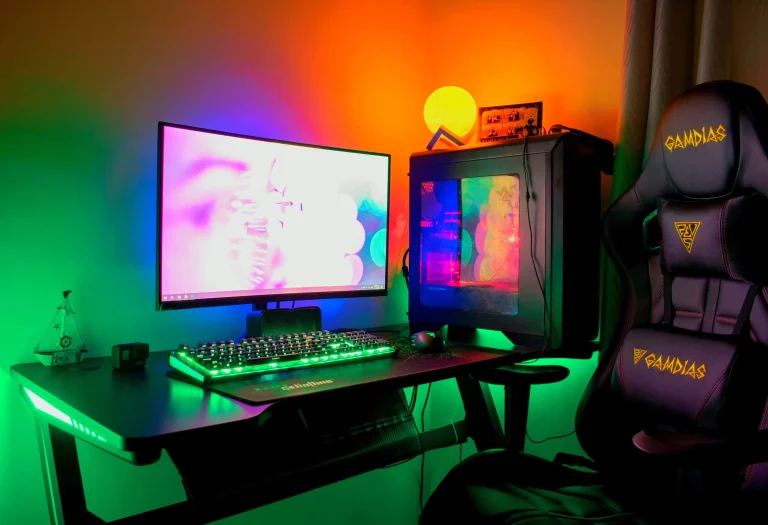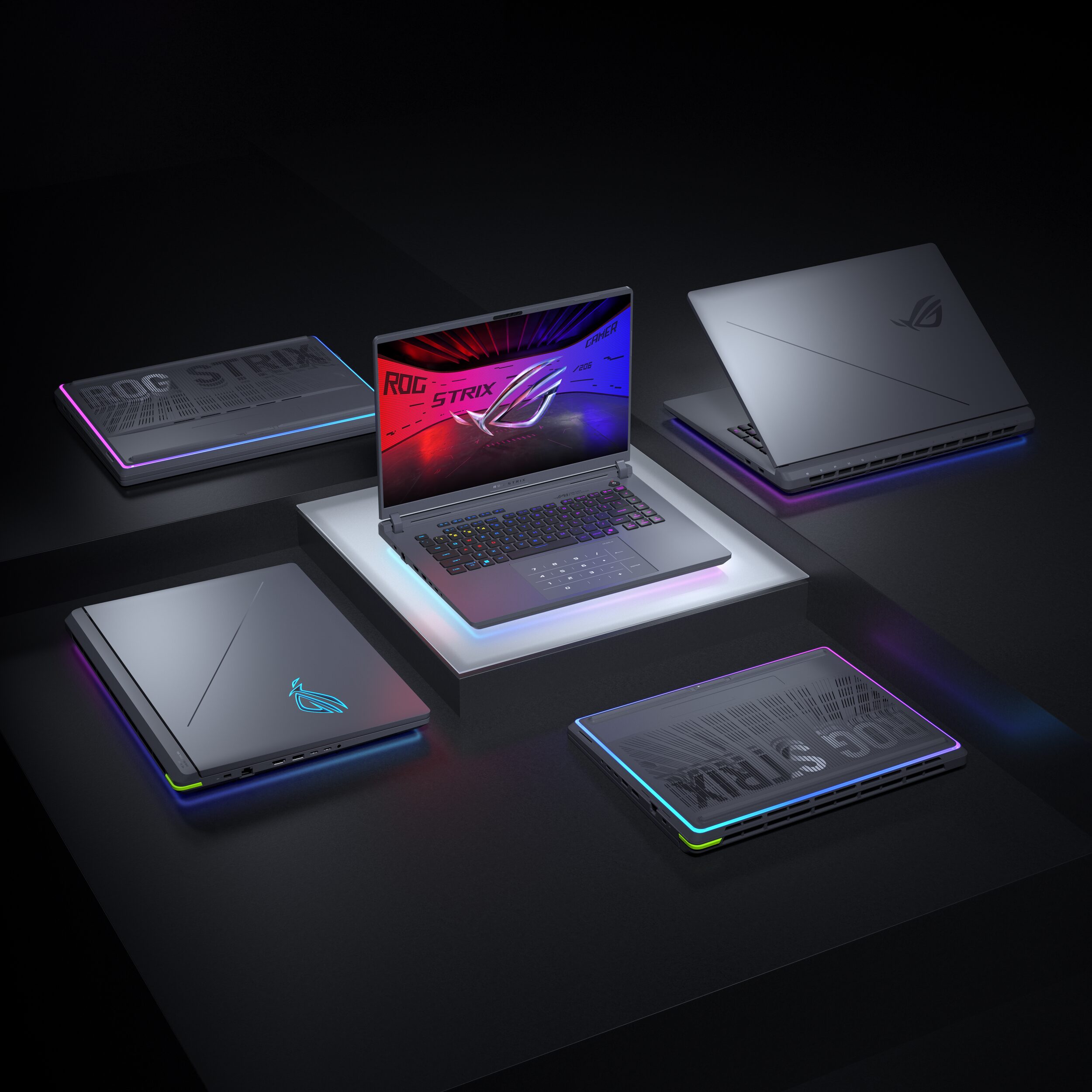
Top Gaming Laptops for 2025: Power, Performance, and Play
Not all gaming happens on a tricked-out desktop. Sometimes you just want to crack open a laptop and jump straight into the action—no setup, no stress. These days, gaming laptops can handle everything from chill indie runs to full-blown AAA chaos, and they actually look good doing it. Whether you’re grinding ranked matches or fitting your rig into a clean home office setup, this list’s got you covered with serious power minus the mini fridge.
Top Picks Chosen with Care
Note: The laptops listed above are simply numbered for organization — not ranked. Each laptop has its own strengths and trade-offs, whether it’s performance, portability, battery life, or price. What works best for you depends on your specific needs, so take the time to consider which features matter most for your lifestyle and workload.
In-Depth Look: Top Picks Chosen with Care
We research each product thoroughly before featuring it — using trusted reviews and expert sources, not direct testing. Some links may earn us a commission, helping keep the site free for readers
Related Posts
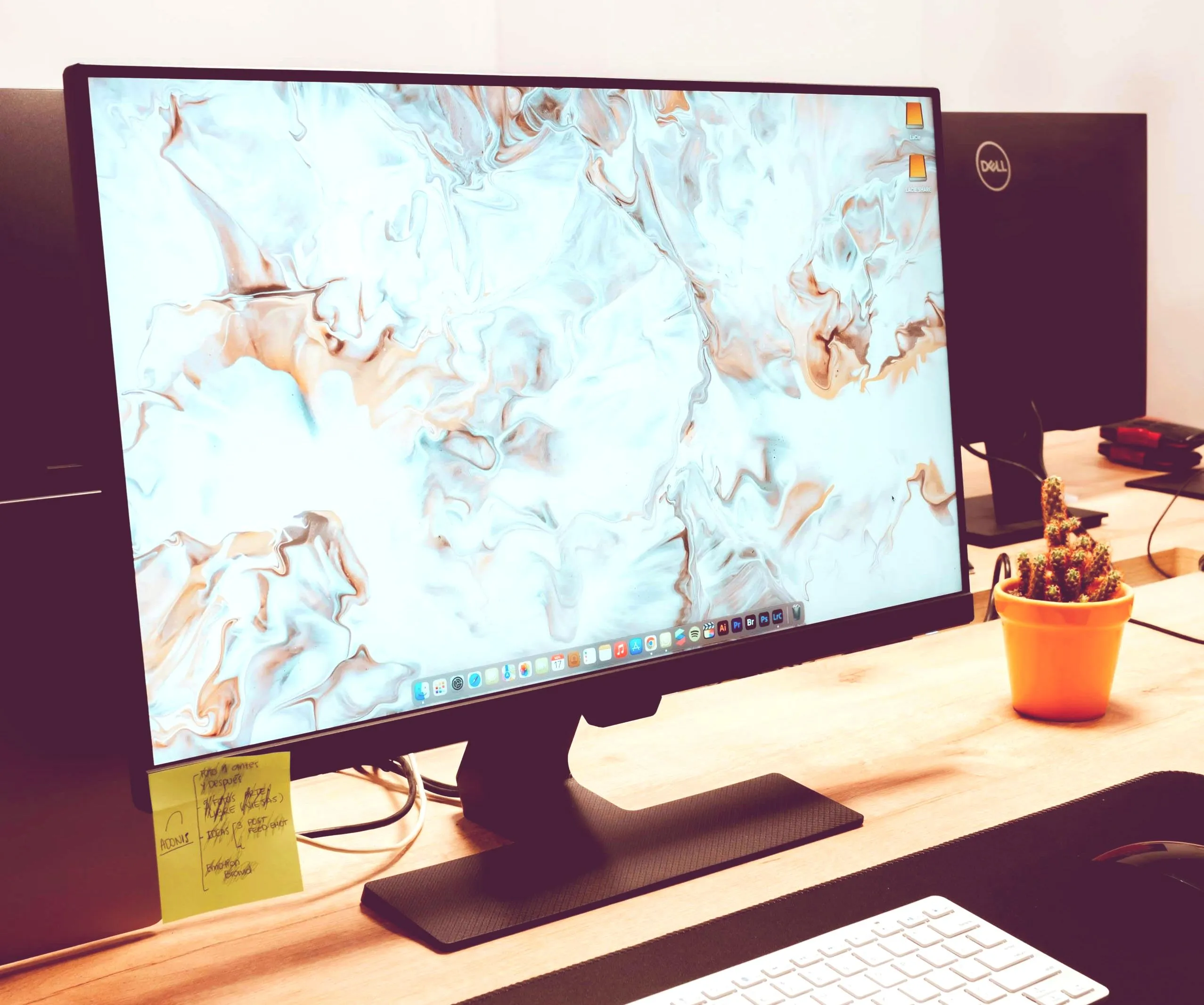
The Best All-in-One PC for 2025
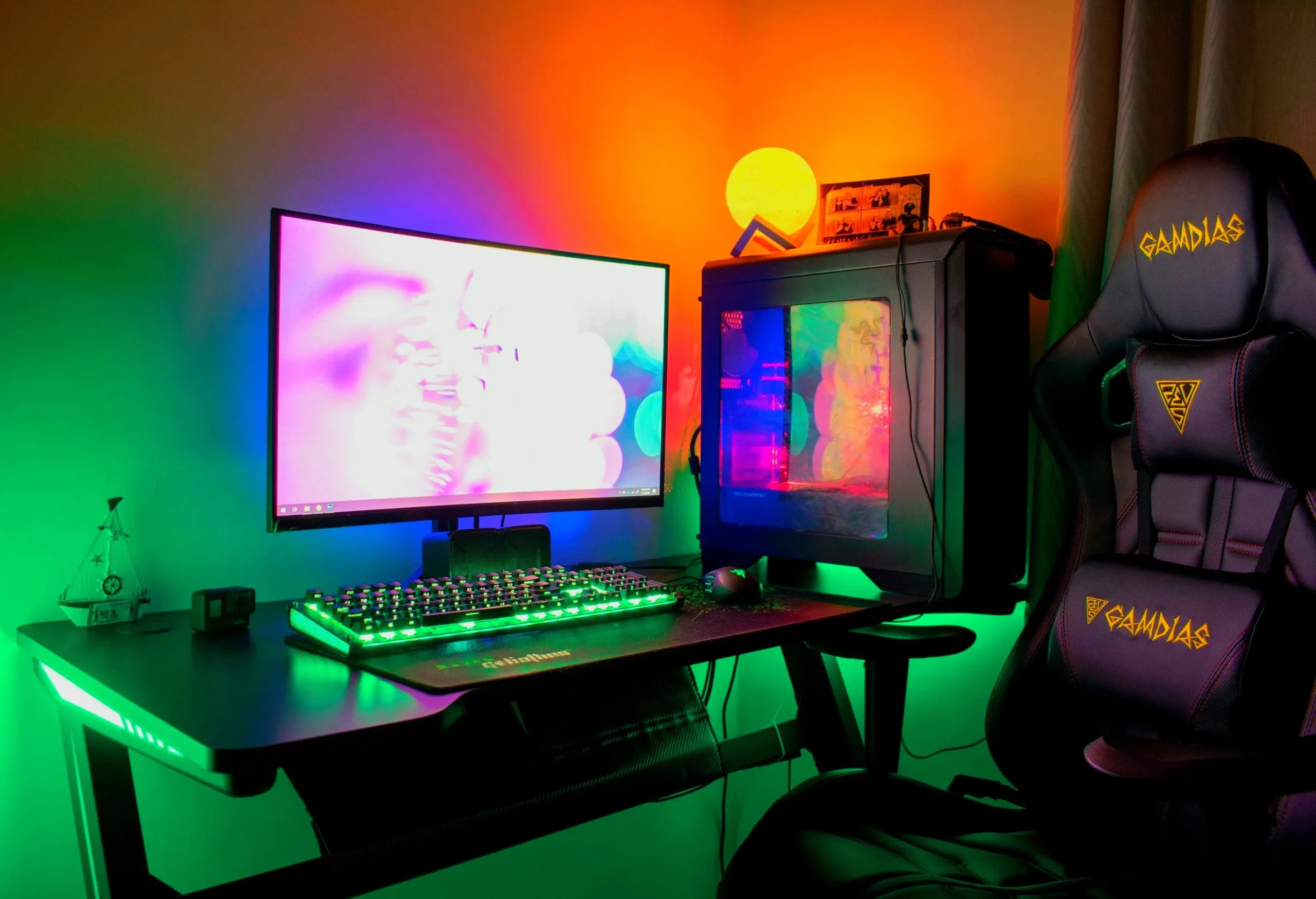
The Best Gaming Monitor : 2025

The Best Laptops for College & Students: 2025
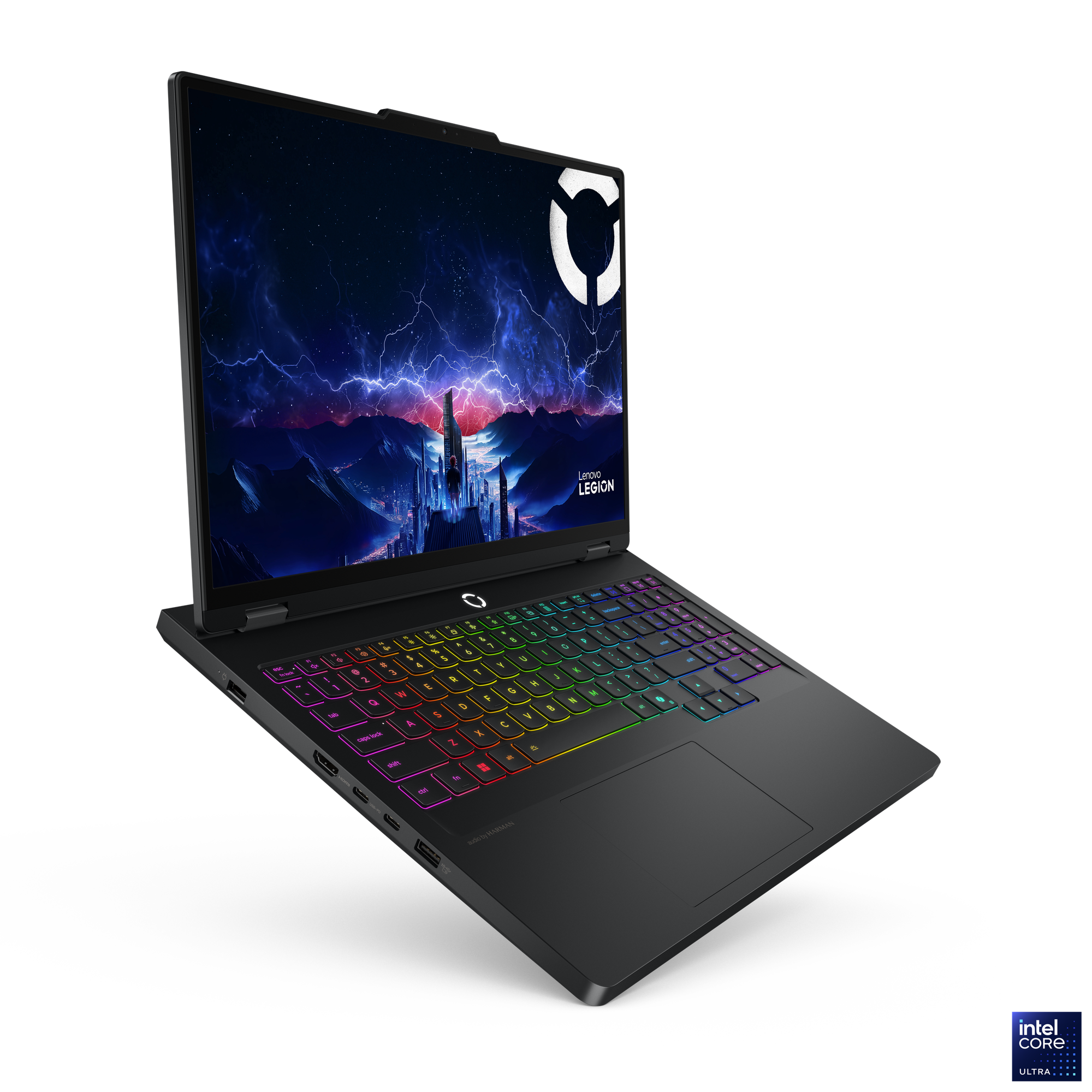
Best All-Around Gaming Laptop
Lenovo Legion Pro 5i
| CPU | Intel Core i7-14650HX (16-core, 24-thread) |
| GPU | NVIDIA GeForce RTX 4060 (8GB, 140W TGP) |
| RAM | 16GB DDR5-5600 (Dual Channel) |
| Storage | 1TB PCIe Gen 4 SSD |
| Display | 16″ WQXGA (2560×1600), 165Hz, 100% sRGB |
| Battery | 80Wh with Rapid Charge Pro |
| Weight | 5.5 lbs (2.5 kg) |
| Ports | 3x USB-A, 2x USB-C, HDMI 2.1, RJ45, Combo Jack |
The Legion Pro 5i is built for gamers who care about raw performance and stable thermals without overpaying for flash. It packs a 14th Gen Intel Core i7-HX chip paired with a 140W RTX 4060—making it a solid 1080p and entry-level 1440p gaming rig. The 16-inch WQXGA 165Hz display offers smooth motion and accurate color, which helps in both fast-paced shooters and visually demanding RPGs. Lenovo’s ColdFront 5.0 thermal system isn’t just marketing talk—it consistently keeps CPU and GPU temps in check even during extended sessions. If you’re chasing performance-per-dollar in a laptop that can hang in competitive multiplayer and deliver cinematic AAA gaming, this one hits the mark.
| Pros | Cons |
|---|---|
| RTX 4060 (140W) delivers excellent performance in modern games | Battery life is weak for gaming unplugged |
| 165Hz QHD+ display with solid color coverage | Heavier than most 15” alternatives |
| Great thermals under sustained GPU loads | |
| Well-balanced pricing for the hardware | |
| Clean design with minimal RGB distractions |
This is for gamers who want consistent frame rates without spending $2K+. Whether you’re grinding out ranked in Valorant, pushing ray tracing in Cyberpunk 2077, or jumping into demanding open-world games, the Legion Pro 5i handles it with confidence. It’s a strong choice for players who want high performance without diving into ultra-premium pricing.
get it now
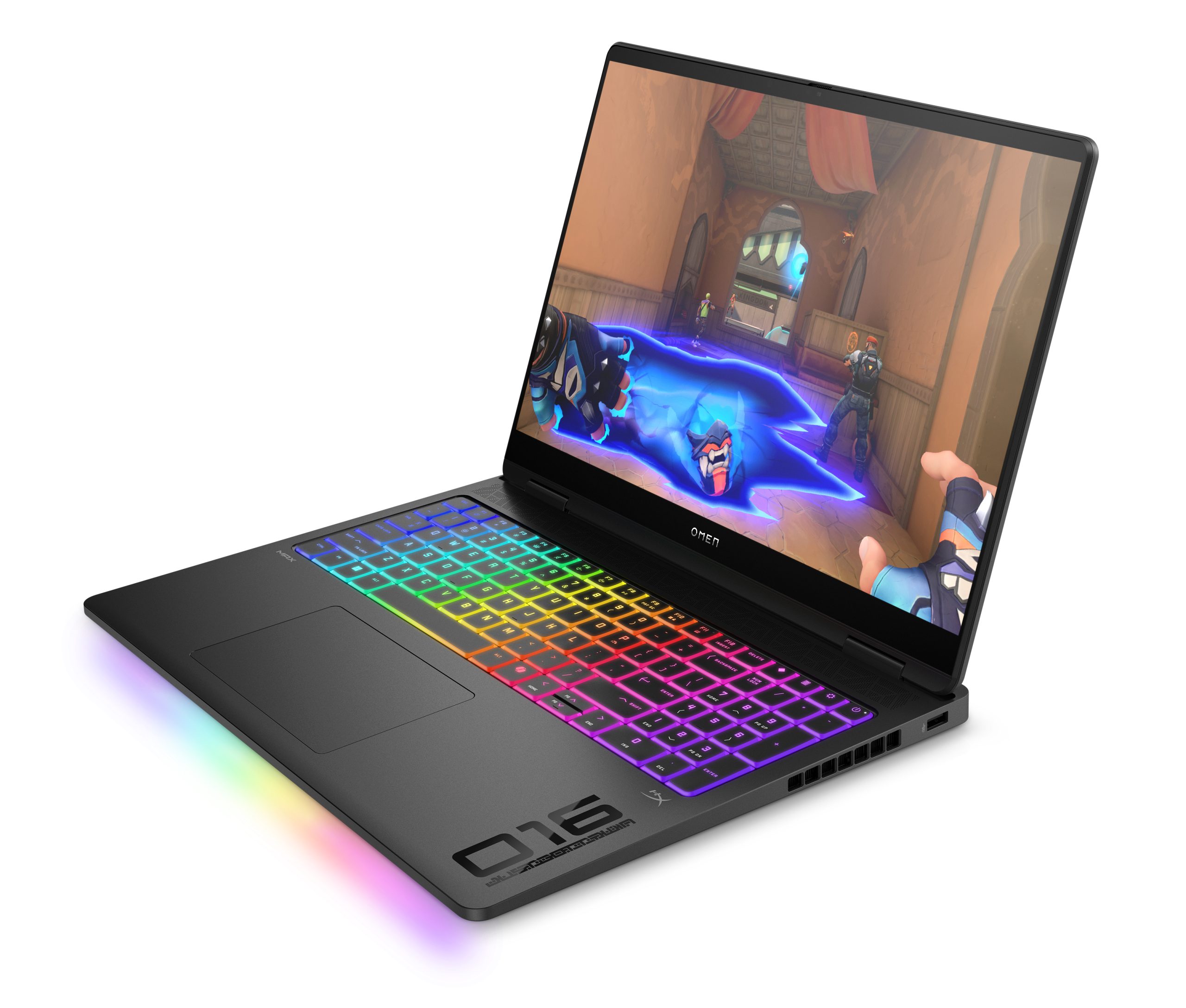
Best Students Gaming Laptop
HP OMEN Max 16
| CPU | AMD Ryzen 9 8945HS (8-core, 16-thread) |
| GPU | NVIDIA GeForce RTX 4070 (8GB, 115W TGP) |
| RAM | 32GB LPDDR5X-6400 (onboard) |
| Storage | 1TB PCIe Gen 4 SSD |
| Display | 16.1” WQXGA (2560×1600), 240Hz, 3ms response |
| Battery | 83Wh with fast charge support |
| Weight | ~5.2 lbs (2.35 kg) |
| Ports | 2x USB-C, 2x USB-A, HDMI 2.1, Ethernet, SD slot, 3.5mm |
The OMEN Max 16 takes everything HP’s been refining in its gaming line and cranks it up a notch. With AMD’s Ryzen 9 8945HS and NVIDIA’s RTX 4070 (115W), this laptop is tuned for gamers who want serious horsepower in a clean chassis that doesn’t scream “gamer.” The standout feature? Its 240Hz WQXGA display, which makes it an absolute weapon for competitive shooters. The OMEN Tempest cooling system keeps the internals stable under heavy fire, and with full PCIe Gen 4 support and LPDDR5X RAM, load times and responsiveness are near-instant. If you want high refresh, reliable thermal control, and a premium build—this machine delivers.
| Pros | Cons |
|---|---|
| 240Hz refresh rate perfect for competitive gaming | RAM is not upgradeable (soldered) |
| Ryzen 9 + RTX 4070 combo crushes modern AAA titles | Fans can get loud under load |
| Bright, color-rich display with 16:10 aspect ratio | |
| OMEN Tempest cooling handles extended sessions well | |
| Premium build with understated, non-flashy design |
If your gaming habits swing from Call of Duty to Baldur’s Gate 3 and you want buttery visuals with no thermal drama, the OMEN Max 16 is up to the task. It’s made for serious gamers who want high refresh performance in a laptop that feels fast, cool, and polished—both inside and out.
get it now
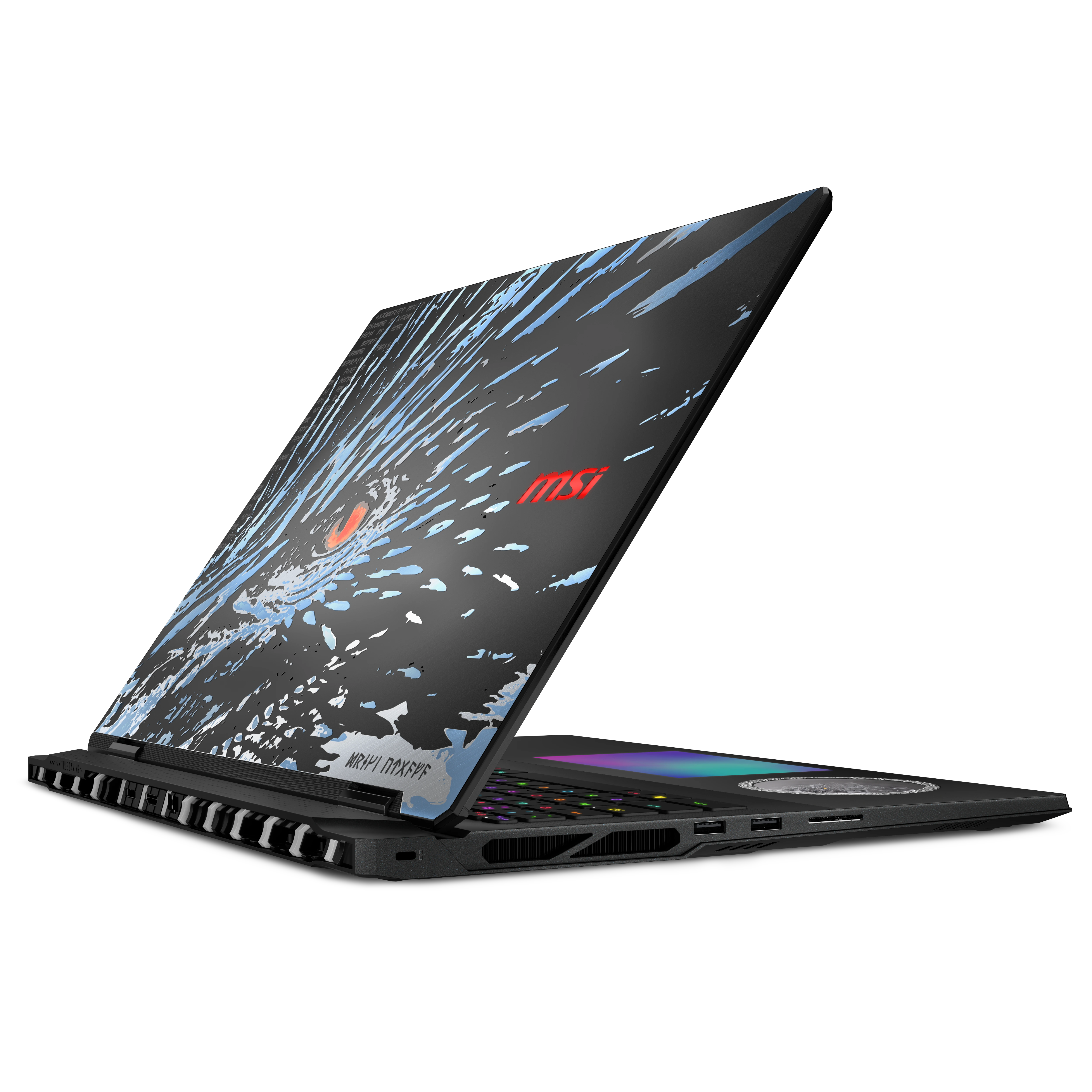
Best High-End Gaming Laptop
MSI Titan 18 HX Dragon Edition
| CPU | Intel Core i9-14900HX (24-core, 32-thread) |
| GPU | NVIDIA GeForce RTX 4090 (16GB, 175W TGP) |
| RAM | 64GB DDR5-5600 (upgradeable to 128GB) |
| Storage | 2TB PCIe Gen 4 SSD (RAID 0), Gen 5 ready |
| Display | 18″ 4K Mini LED (3840×2400), 120Hz, 1000 nits HDR |
| Battery | 99.9Wh (maximum legal for air travel) |
| Weight | ~7.5 lbs (3.4 kg) |
| Ports | Thunderbolt 4, HDMI 2.1, SD Card Reader, Ethernet, USB-A/C |
The Titan 18 HX Dragon Edition isn’t just a laptop—it’s MSI’s flagship flex. Built for gamers who demand desktop-tier dominance in portable form, this machine throws down with Intel’s Core i9-14900HX and an NVIDIA RTX 4090 running at up to 175W. You’re looking at maxed-out specs across the board: DDR5-5600 RAM, PCIe Gen 5 SSD support, and a massive 18-inch Mini LED 4K display with 1000 nits peak brightness. It’s designed for ultra settings, heavy multitasking, and pushing real-time ray tracing without breaking a sweat. Every inch of this machine screams overkill—and that’s exactly the point.
| Pros | Cons |
|---|---|
| RTX 4090 (175W) demolishes any current-gen game | Extremely bulky and heavy |
| 18” 4K Mini LED display is stunning for both gaming and media | Premium price tag |
| Desktop-grade i9-14900HX shreds through intensive workloads | |
| Future-ready with PCIe Gen 5 and 128GB RAM support | |
| Dragon-themed aesthetics and per-key RGB lighting |
This rig is for gamers who don’t compromise—whether you’re running Cyberpunk 2077 with full ray tracing or editing 8K footage on the fly. It’s perfect for streamers, esports professionals, and hardware enthusiasts who want the closest thing to a full-tower PC in a (somewhat) portable form factor. If performance is everything, the Titan 18 HX is the final boss.
get it now

ASUS Best Gaming Laptop
Asus ROG Strix Scar
| CPU | Intel Core i9-14900HX (24-core, 32-thread) |
| GPU | NVIDIA GeForce RTX 4080 (12GB, 175W TGP) |
| RAM | 32GB DDR5-5600 (upgradeable) |
| Storage | 1TB PCIe Gen 4 SSD |
| Display | 16″ QHD+ Mini LED, 240Hz, Nebula HDR, 1100 nits |
| Battery | 90Wh, fast charging supported |
| Weight | 5.95 lbs (2.7 kg) |
| Ports | USB-C (with DP), HDMI 2.1, Ethernet, USB-A, 3.5mm |
The ROG Strix Scar 16 is built from the ground up for high-performance competitive gaming. It runs the latest Intel Core i9-14900HX and pairs it with a full-powered RTX 4080 GPU (175W TGP), making it an elite-tier machine for both esports titles and cinematic AAA games. The true highlight here is the 16-inch Nebula HDR Mini LED display, delivering 240Hz refresh, QHD+ resolution, and jaw-dropping contrast. ASUS’s intelligent cooling system with liquid metal keeps performance consistent under stress, and the aggressive chassis, RGB zones, and hotkey layout all scream tournament-ready. This is a serious rig for serious players.
| Pros | Cons |
|---|---|
| RTX 4080 with max TGP for true desktop-class GPU performance | Not the most portable gaming laptop |
| QHD+ Mini LED display with 240Hz is phenomenal for all genres | Chassis runs hot at peak load |
| Excellent thermals with liquid metal and vapor chamber cooling | |
| Mechanical keyboard feel with custom macro keys | |
| Striking RGB design and custom lighting zones |
If you’re pushing ranked multiplayer or running modern titles like Alan Wake II or Starfield at ultra settings with ray tracing, the Scar 16 won’t flinch. This machine is made for hardcore gamers who demand performance headroom, top-tier visuals, and thermal consistency during long sessions. It’s a competitive tool with zero compromise.
get it now
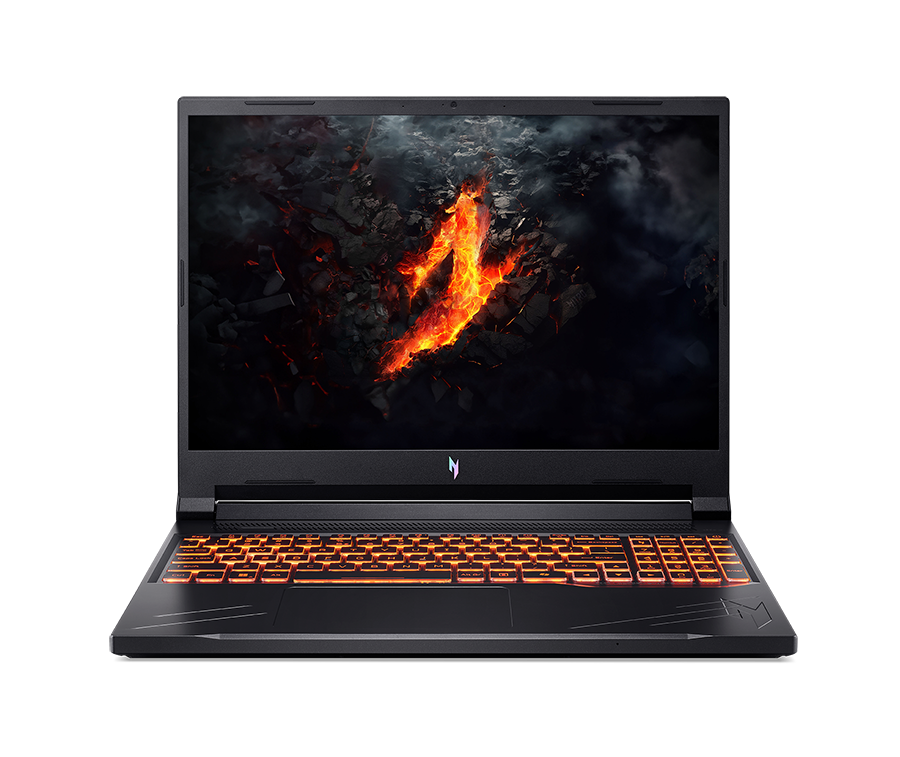
Best Gaming Laptop around $1000
Acer Nitro V16
| CPU | AMD Ryzen 7 8845HS (8-core, 16-thread) |
| GPU | NVIDIA GeForce RTX 4060 (8GB, 140W TGP) |
| RAM | 16GB DDR5-5600 (upgradeable) |
| Storage | 1TB PCIe Gen 4 SSD |
| Display | 16″ QHD+ (2560×1600), 165Hz, 3ms |
| Battery | 76Wh |
| Weight | ~5.5 lbs (2.5 kg) |
| Ports | USB-C, USB-A, HDMI 2.1, Ethernet, 3.5mm |
The Acer Nitro V16 proves that you don’t need to drop four grand to game hard. With AMD’s Ryzen 7 8845HS and an RTX 4060 GPU under the hood, it targets the 1080p/1440p gaming sweet spot with enough performance to tackle demanding titles like Hogwarts Legacy or Forza Horizon 5 at high settings. Acer’s dual-fan cooling system helps keep temperatures under control during extended play, while the 165Hz QHD+ display delivers crisp visuals for both fast-paced shooters and immersive RPGs. For gamers stepping into the scene or looking for a reliable daily driver that can still game seriously—this is a solid bet.
| Pros | Cons |
|---|---|
| Great value for the performance it offers | Build quality is more utilitarian |
| RTX 4060 handles modern games at high settings | Fans can ramp up under load |
| 165Hz QHD+ display is fast and sharp | |
| Good thermals for the price point | |
| Plenty of upgrade headroom for RAM and storage |
The Nitro V16 is best for mid-range gamers who want reliable 1080p or light 1440p performance without overpaying. It’s ideal for players jumping from entry-level rigs or looking for a do-it-all laptop that handles esports, AAA games, and even a bit of multitasking on the side. It’s budget-friendly, but no slouch when it comes to actual in-game power.
get it now
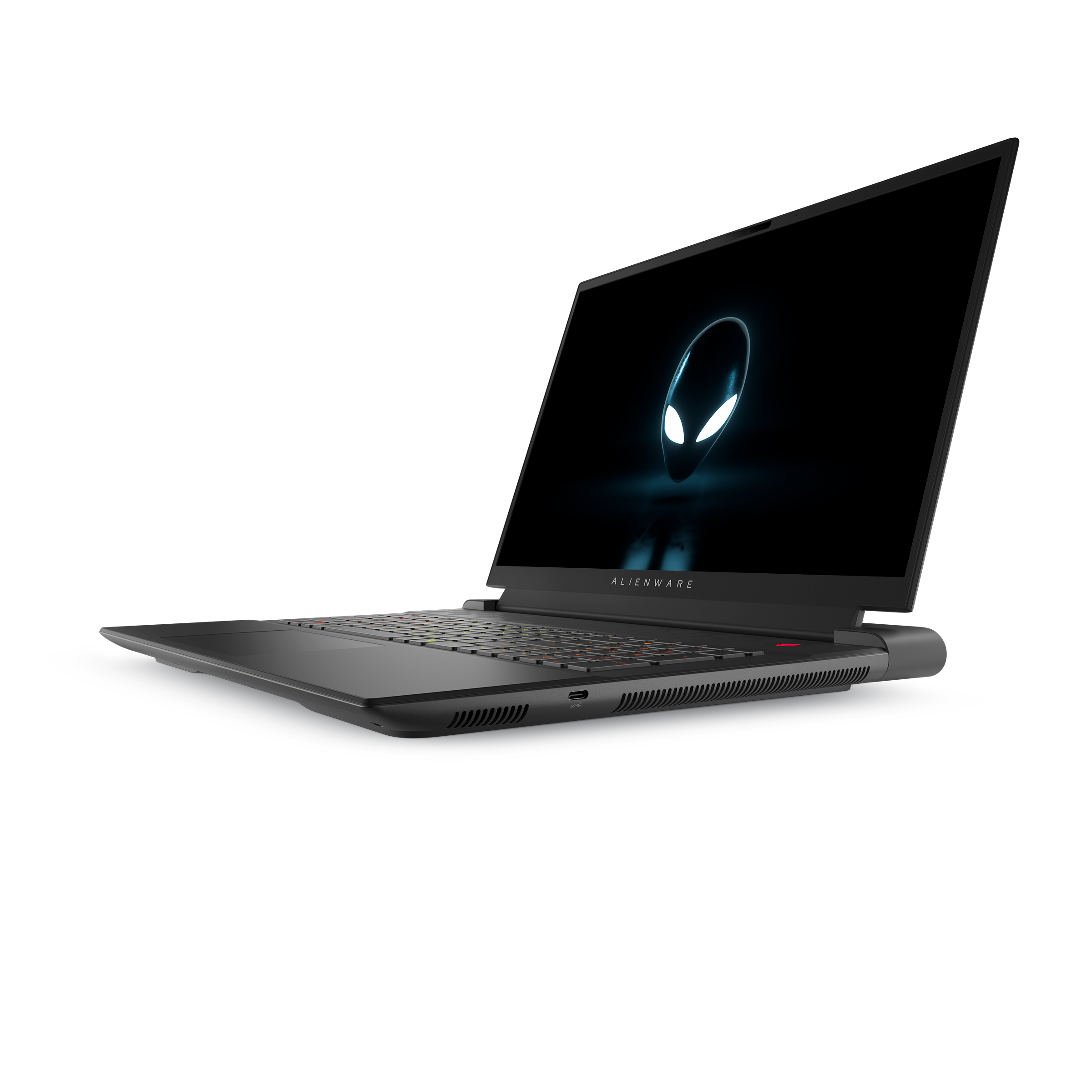
Best Esports-Ready Gaming Laptop
Alienware M18 R2
| CPU | Intel Core i9-14900HX (24-core, 32-thread) |
| GPU | NVIDIA GeForce RTX 4090 (16GB, up to 175W TGP) |
| RAM | 32GB DDR5-5600 (upgradeable to 64GB+) |
| Storage | 2TB PCIe Gen 4 SSD (RAID-ready, upgradable) |
| Display | 18″ QHD+ (2560×1600), 165Hz, 3ms, G-SYNC |
| Battery | 97Wh, Type-C fast charge |
| Weight | ~8.9 lbs (4.0 kg) |
| Ports | Thunderbolt 4, HDMI 2.1, Mini DisplayPort, RJ-45, USB-A/C |
Alienware’s M18 R2 is unapologetically massive and brutally powerful. It’s one of the few laptops that can spec out with an Intel Core i9-14900HX and an RTX 4090 running full tilt, making it a legitimate desktop replacement for enthusiasts and pros. The 18-inch QHD+ display with 165Hz refresh brings an immersive, wide canvas to life, whether you’re deep into Baldur’s Gate 3, rendering cutscenes, or juggling five apps while streaming. Alienware’s Legend 3.0 design maximizes airflow and thermal headroom, allowing this beast to stay surprisingly cool given its muscle. It’s big, it’s bold, and it doesn’t flinch under pressure.
| Pros | Cons |
|---|---|
| RTX 4090 and i9-14900HX crush through AAA gaming and multitasking | Extremely heavy and bulky |
| Massive 18” QHD+ display is perfect for cinematic gameplay | Premium pricing |
| Excellent thermal design with Element 31 liquid metal | |
| Upgradeable RAM and multiple storage bays | |
| AlienFX RGB lighting and premium keyboard feel |
The M18 R2 is built for hardcore gamers, streamers, and creators who don’t want to compromise even a little on performance. If you want to play everything on ultra, push frame rates on a huge screen, and run high-res mods or creative apps on the side—this is your machine. It’s especially suited for those replacing a gaming desktop or working in one place most of the time but still want the option to move. It’s not subtle, but it’s not meant to be.
get it now
What key factors should guide your choice when selecting a gaming laptop?
There’s more to picking a gaming laptop than just how cool it looks or how fast it claims to be. To get real value, it helps to understand what each component contributes and how it affects your overall experience—whether you’re into esports, AAA titles, or even content creation.
GPU (Graphics Card)
The GPU serves as the powerhouse that drives your gaming visuals. It processes visuals, handles rendering, and determines how smoothly a game runs. The latest leaders in GPU performance come from NVIDIA’s GeForce RTX 40-series and AMD’s Radeon RX 7000-series. The stronger the GPU, the better your frame rates, especially in demanding games or at higher resolutions. If you’re aiming for competitive gaming, prioritize performance over visual settings. If you prefer story-rich AAA games, go for one that can handle ray tracing without lagging.
CPU (Processor)
Beyond graphics, the CPU orchestrates game logic, AI, physics simulations, load times, and system multitasking. A modern Intel Core i7 or i9, or AMD Ryzen 7 or 9, gives you enough power to avoid bottlenecks. Games that rely heavily on CPU calculations—like strategy or simulation games—benefit most here. It’s also key for creators and streamers who need performance outside gaming.
RAM (Memory)
For smooth gameplay and multitasking, 16GB of RAM hits the ideal balance in gaming laptops today. It gives you enough headroom for games and background tasks. If you plan to edit video, work with large files, or stream, 32GB is a safer bet. Lower than 16GB can limit performance and future-proofing, especially as modern games become more demanding.
Storage
Most gamers underestimate how much space games eat up. A single AAA title can take over 100GB. At minimum, go for a 512GB SSD; 1TB is better if you play a lot. SSDs also mean much faster load times compared to old-school HDDs. If budget allows, some laptops include dual storage options (like SSD + HDD), which gives you both speed and bulk storage.
Display
Your display determines what you see—and how fast. A 144Hz refresh rate is great for fast-paced games like shooters, while QHD (1440p) resolution offers crisp visuals without being as demanding as 4K. Response time matters too; the lower, the better for competitive gaming. IPS panels offer better color and viewing angles, while OLEDs are stunning but rarer in gaming-focused laptops.
Cooling System
Gaming generates heat, so a good cooling system is non-negotiable. Brands like ASUS ROG and Alienware use advanced vapor chambers, liquid metal, and dual-fan setups to keep temperatures down. Poor cooling leads to throttling, where your components slow down to avoid overheating, which kills performance.
Battery Life
Gaming laptops aren’t known for battery life. On average, expect 3–6 hours on mixed use and far less under full load. Some newer models include MUX switches or GPU optimizers to reduce drain, but if you need long battery life, you may want to sacrifice some power or stick with charging between sessions.
Is a gaming laptop only for gaming?
Not at all. Despite the name, gaming laptops are versatile machines built for high performance. The same specs that allow them to run games also make them excellent for demanding creative tasks like video editing, 3D modeling, programming, and digital art. Many professionals choose gaming laptops over traditional workstations because they offer powerful components at better prices. So whether you’re a gamer, a designer, or a multitasking power user, a gaming laptop can fit your needs beyond just play.
How is it if a gaming laptop is also used by a college student?
Using a gaming laptop as a college machine can be a great choice—especially if you’re balancing academic workloads with gaming or creative hobbies. You get the performance needed for resource-heavy software like Blender, Adobe Suite, or Unity, plus enough RAM and storage for assignments and lectures. That said, there are trade-offs. Gaming laptops tend to be heavier and offer less battery endurance compared to ultraportable notebooks. But for students who work mostly from a dorm, apartment, or library with outlets nearby, that’s not a deal-breaker. In fact, many newer models are getting thinner and more efficient, making them viable for both lecture halls and LAN parties. Just choose one that balances portability with performance, and you’re good to go.

